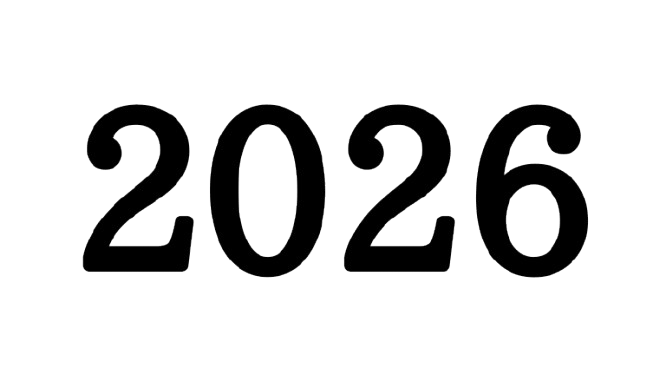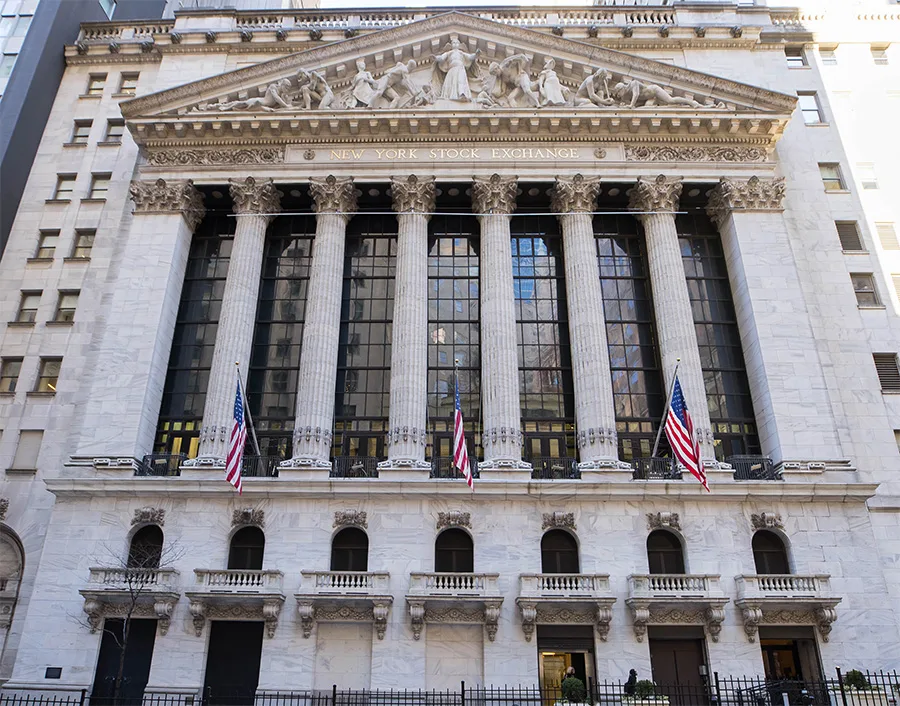The US stock market holidays 2026 will shape trading strategies for investors navigating the NYSE and Nasdaq, influencing portfolios in a year marked by economic shifts post-midterm elections and global events like the FIFA World Cup. These closures, observed by major exchanges, affect liquidity, volatility, and planning for retail and institutional traders alike.
This in-depth article provides a verified, comprehensive schedule of market holidays, early closures, and their implications, offering actionable insights for financial planning. With a neutral lens on how these dates intersect with international markets and 2026’s broader financial landscape, this article serves traders, analysts, and students seeking a reliable reference for the year’s economic rhythm.
Historical Context and Importance of Market Holidays
The New York Stock Exchange (NYSE) and Nasdaq, two of the world’s largest exchanges, observe a consistent set of holidays rooted in U.S. federal and cultural traditions. These closures, totaling 9–10 full days annually, plus occasional half-days, stem from practices established in the 19th century, balancing trader well-being with market efficiency. In 2026, a post-election year, holidays may amplify volatility around key economic reports (e.g., jobs data, Fed decisions), as trading pauses concentrate activity. Historically, closures like Thanksgiving or Christmas Eve see reduced volumes beforehand, with “holiday rallies” often boosting stocks post-reopening, as seen in S&P 500 gains averaging 0.5% post-Thanksgiving since 1950.
Globally, U.S. holidays influence markets in Tier 1 countries (e.g., UK, Canada, Japan), as American exchanges drive 40% of global equity trading volume. In 2026, alignment with events like U.S. midterms (November 3) or global sports (FIFA World Cup, June-July) could affect sentiment, with investors eyeing policy shifts or consumer spending spikes. This article also considers potential disruptions, such as unforeseen closures for national mourning (e.g., past presidential passings), ensuring a comprehensive outlook.
Schedule of US Stock Market Holidays 2026
The NYSE and Nasdaq will observe the following closures in 2026, with standard trading hours (9:30 a.m. to 4:00 p.m. ET) suspended unless noted. Early closures occur at 1:00 p.m. ET. Dates are verified based on official exchange calendars and federal holiday schedules, with adjustments for weekends.
- New Year’s Day: Thursday, January 1, 2026 – Full closure. Markets resume January 2.
- Martin Luther King Jr. Day: Monday, January 19, 2026 – Full closure. Honors civil rights leader; trading resumes January 20.
- Washington’s Birthday/Presidents’ Day: Monday, February 16, 2026 – Full closure. Recognizes U.S. presidents; trading resumes February 17.
- Good Friday: Friday, April 3, 2026 – Full closure. Not a federal holiday but observed by exchanges; trading resumes April 6.
- Memorial Day: Monday, May 25, 2026 – Full closure. Honors fallen soldiers; trading resumes May 26.
- Juneteenth National Independence Day: Friday, June 19, 2026 – Full closure. Marks emancipation; trading resumes June 22.
- Independence Day (Observed): Monday, July 6, 2026 – Full closure (July 4 is Saturday). Trading resumes July 7; early closure July 3 at 1:00 p.m. ET.
- Labor Day: Monday, September 7, 2026 – Full closure. Celebrates workers; trading resumes September 8.
- Thanksgiving Day: Thursday, November 26, 2026 – Full closure. Trading resumes November 27; early closure November 25 at 1:00 p.m. ET.
- Christmas Day: Friday, December 25, 2026 – Full closure. Trading resumes December 28; early closure December 24 at 1:00 p.m. ET.
Note: Unscheduled closures may occur for emergencies (e.g., natural disasters, national mourning), as in 2001 post-9/11. Check NYSE or Nasdaq for updates closer to 2026.
Trading Impacts of Market Closures
Each holiday affects market dynamics, with implications for traders and investors:
- Liquidity and Volume: Closures reduce trading volume by 20–30% on adjacent days, as seen in historical data (e.g., Thanksgiving week averages 60% of normal volume). Thin markets can amplify price swings, especially for volatile sectors like tech or consumer goods.
- Volatility Spikes: Pre-holiday sessions (e.g., December 24) often see low participation, increasing bid-ask spreads. Post-holiday reopenings can trigger rallies or sell-offs, particularly after New Year’s or Independence Day, with S&P 500 returns averaging +0.3% post-Memorial Day since 2000.
- Sector-Specific Effects: Retail stocks (e.g., Walmart) may surge post-Thanksgiving due to Black Friday data, while energy or travel stocks could dip during summer holidays. In 2026, World Cup tourism (June-July) may boost hospitality stocks, offset by July 6 closure.
- Options and Futures: Expirations around holidays (e.g., June’s triple witching near Juneteenth) can heighten volatility. Traders should adjust positions pre-closure to avoid gaps.
Global Context and International Market Alignment
U.S. market holidays ripple globally, as NYSE/Nasdaq influence indices like FTSE (UK), Nikkei (Japan), and TSX (Canada). In 2026:
- Overlaps with Global Holidays: January 1 (New Year’s) is universal, pausing most exchanges. Good Friday aligns with European closures (e.g., London Stock Exchange), but Asian markets like Tokyo may trade, creating arbitrage opportunities.
- Misalignments: Japan’s Golden Week (April-May) or Canada’s Victoria Day (May 18, 2026) won’t close U.S. markets, requiring traders to monitor foreign flows. China’s Lunar New Year (January 29, 2026) may impact commodity stocks while U.S. markets operate.
- Event Synergies: The FIFA World Cup (June 11–July 19) and U.S. midterms (November 3) could drive sentiment, with closures (e.g., July 6, November 26) amplifying economic news impacts. For example, travel stocks may rise during World Cup, but July 3’s early close could limit trading windows.
Financial Planning Tips for 2026 Market Holidays
To navigate closures effectively:
- Portfolio Adjustments: Rebalance before holidays to hedge volatility. For example, sell high-beta stocks pre-Memorial Day if expecting thin markets.
- Global Diversification: Use international exchanges (e.g., Hong Kong, open during U.S. Good Friday) for continuous trading, but watch currency risks.
- Economic Calendar Sync: Align trades with 2026 events, like Federal Reserve meetings (often mid-month) or earnings seasons (January, April, July, October), avoiding holiday disruptions.
- Tax Planning: November/December closures coincide with year-end tax strategies (e.g., loss harvesting). Coordinate with tax deadlines (April 15, 2026, per prior articles).
- Monitoring Tools: Use Bloomberg Terminal, Yahoo Finance, or TradingView for real-time holiday updates and pre/post-closure trends.
Economic and Cultural Significance in 2026
Market holidays in 2026 reflect U.S. cultural milestones (e.g., Juneteenth’s growing prominence) and economic cycles. Closures around midterms could highlight policy debates on taxes or trade, impacting sectors like energy or tech. Globally, they signal stability, as U.S. markets anchor investor confidence.
FAQs for Traders
How many full closures in 2026?
Nine, plus three half-days (July 3, November 25, December 24).
Do bond markets follow the same schedule?
Mostly, but Good Friday may see partial bond trading; check SIFMA.org.
Can closures shift?
Rarely, but national emergencies (e.g., 2001) may add closures.
How to trade during holidays?
Use after-hours platforms (limited) or focus on global markets like ASX (Australia).
Preparation for Investors and Analysts
- Track Updates: Monitor NYSE.com or Nasdaq.com for last-minute changes.
- Global Sync: Cross-reference with UK bank holidays (e.g., May 4, 2026) or Japan’s Culture Day (November 3) for portfolio planning.
- Engage Digitally: Follow X posts or Reddit (r/stocks) for holiday trading discussions, boosting engagement with TheYear2026 content.
This article will be updated as 2026 approaches, ensuring it remains a definitive resource for traders and a historical record of financial planning in a pivotal year.

